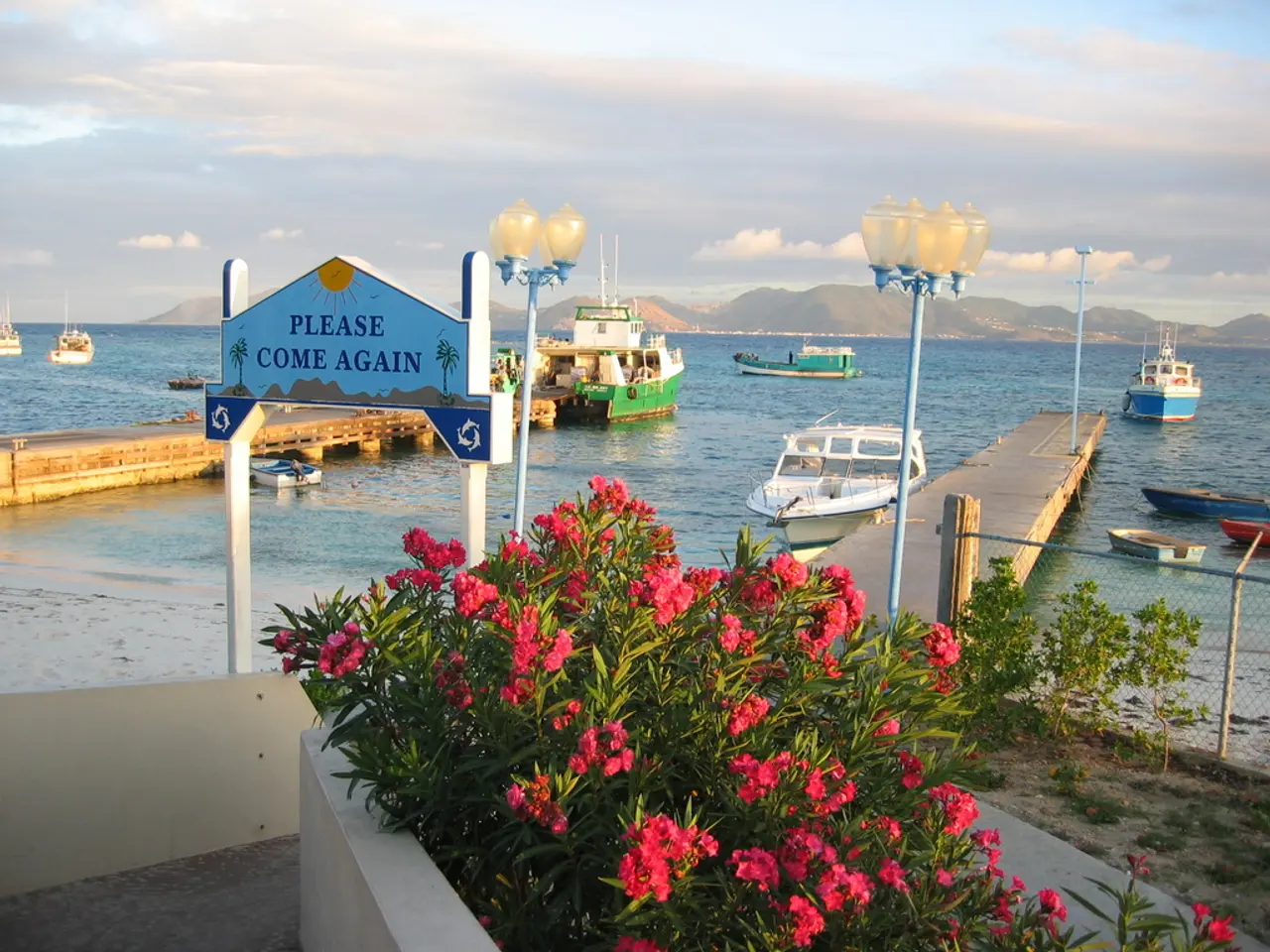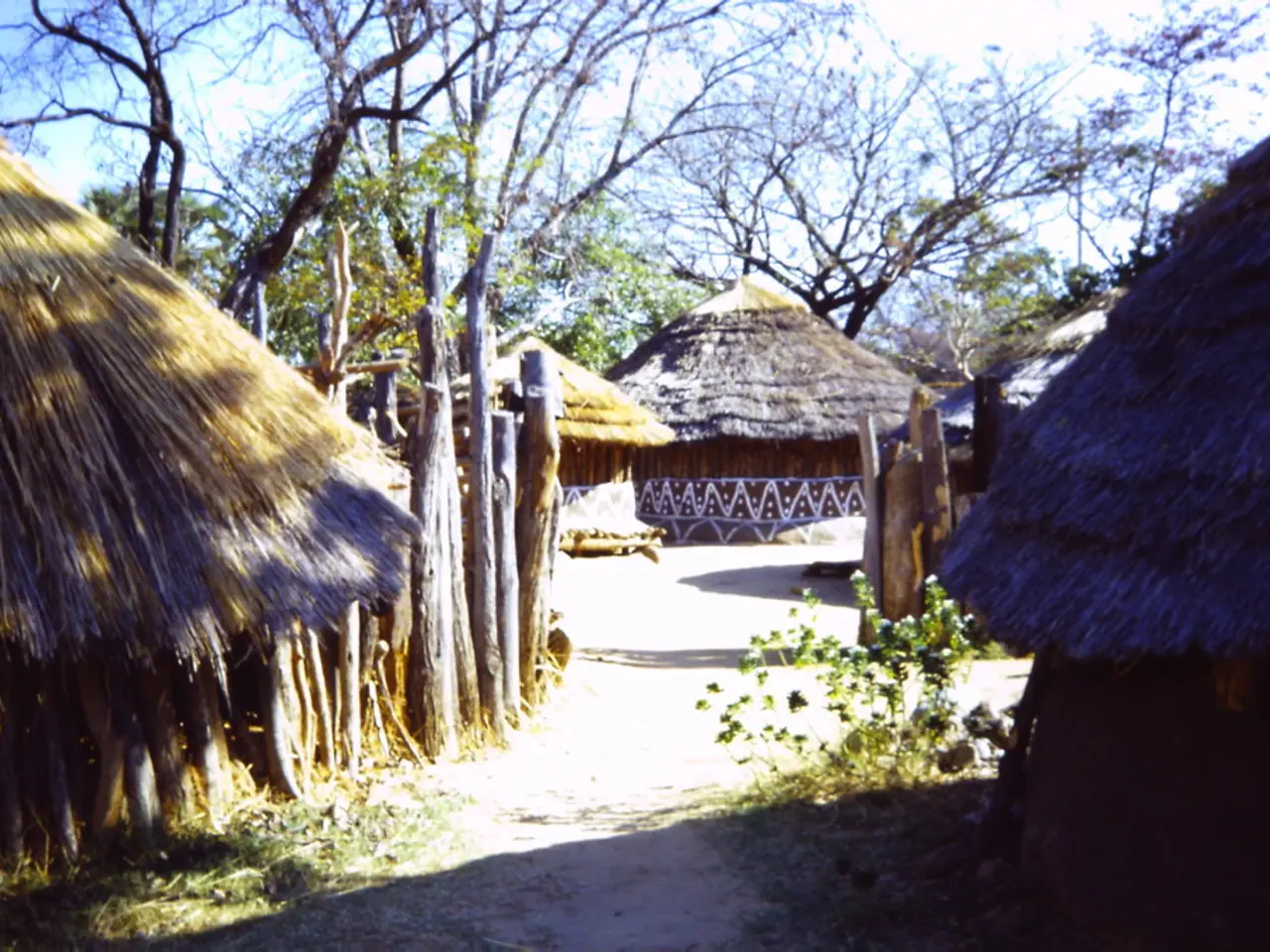Storm Nari Moves Over Hokkaido Region of Japan
In a rare occurrence, Typhoon Nari made landfall near Cape Erimo, Hokkaido, Japan's northernmost main island, early on July 15, 2025. This marked the first typhoon to reach Hokkaido in nearly a decade and the fifth typhoon to affect Japan that year.
The typhoon brought with it a series of severe weather conditions. Storm winds with gusts reaching approximately 126 km/h were recorded in coastal areas of Hokkaido, while sustained winds were noted around 83 km/h with peak gusts up to 126 km/h.
Heavy rainfall was another concern, with Hokkaido receiving up to 120 mm of rain within 24 hours during the typhoon’s passage. This precipitation contributed to flooding concerns and warnings for landslides.
Authorities also issued warnings about dangerous high waves and rough seas affecting eastern and northern Japan, including Hokkaido.
In response to these conditions, the Japan Meteorological Agency urged residents of Hokkaido to remain vigilant against the risks of flooding, landslides, and transport disruptions. Although Typhoon Nari weakened after moving into the Sea of Okhotsk and turning extratropical by 9 a.m. that day, the dangerous weather conditions persisted into Tuesday.
Fortunately, no major injuries or deaths were reported, but evacuation advisories were issued in parts of Hokkaido. The storm’s unusual northern track and early-season intensity have been linked to climate change impacts causing stronger and earlier typhoons in Japan.
During the storm, evacuation orders were issued for some coastal areas of Hokkaido due to the risk of storm surges. The Japan Coast Guard rescued several people from flooded areas in Hokkaido.
As Typhoon Nari crossed Hokkaido and moved away from Japan into the Sea of Okhotsk by Tuesday afternoon, heavy rainfall warnings remained in effect for parts of Hokkaido and neighboring regions. The typhoon is forecast to weaken further as it moves away from Japan.
Despite the lifting of some heavy rain warnings by the Japan Meteorological Agency, they continue to advise caution, especially in light of the significant rainfall that has already affected Hokkaido, with some areas reporting over 500 millimeters. The typhoon has caused flooding in low-lying areas of Hokkaido due to heavy rain and high waves.
The Japan Meteorological Agency has issued a warning for residents of Hokkaido to remain vigilant against storm winds, high waves, and heavy rain. As the typhoon continues to move northeastward, the people of Hokkaido are encouraged to stay informed and heed any warnings or advisories issued by local authorities.
The severe weather conditions caused by Typhoon Nari, including storm winds and heavy rainfall, have raised concerns about flooding, landslides, and transport disruptions in Hokkaido. The typhoon's environmental science implications, such as the increased intensity of typhoons due to climate change, are also being closely monitored.








